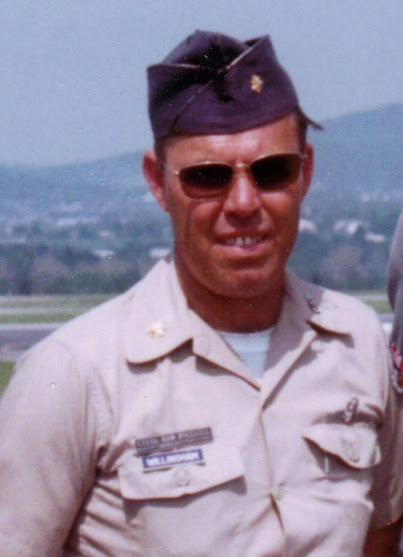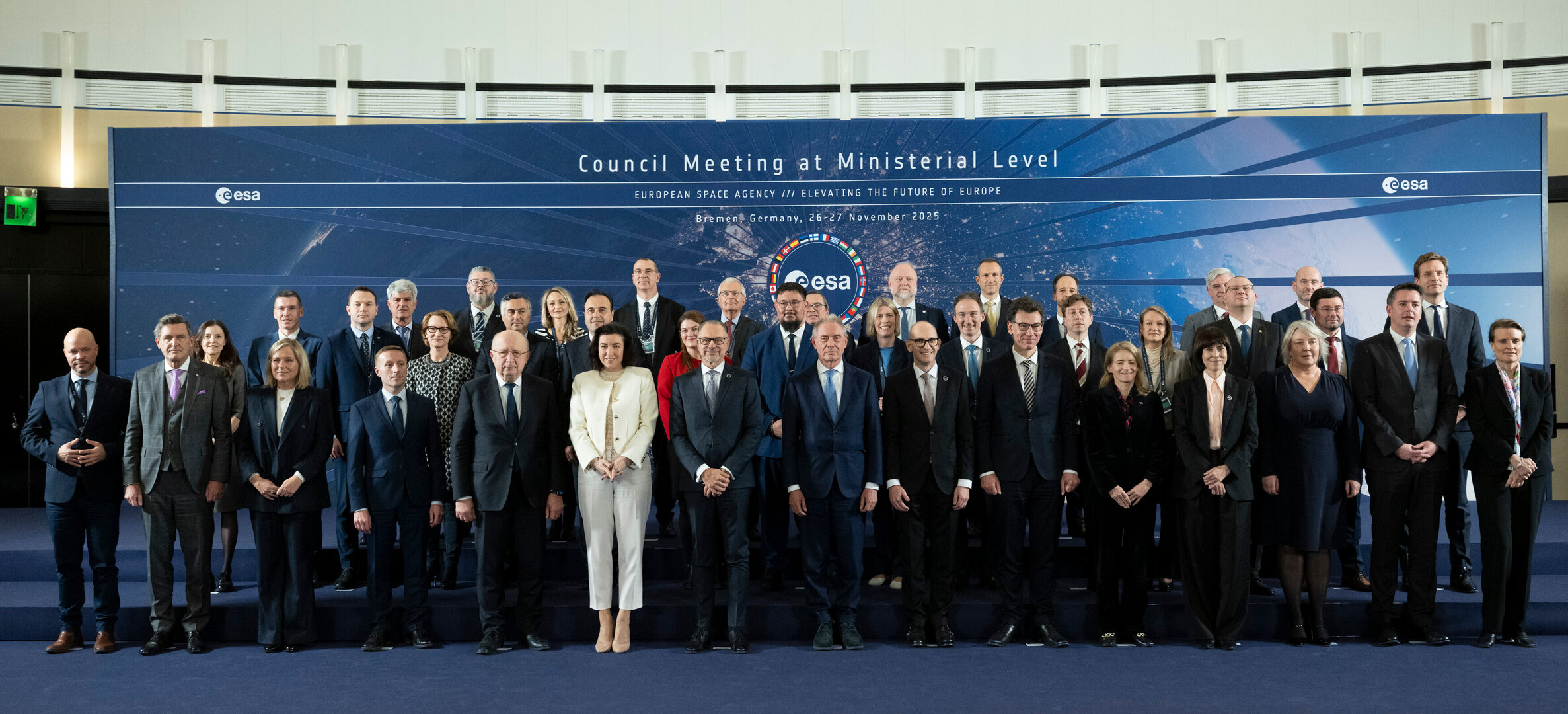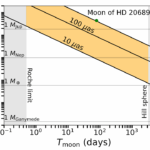Now Reading: Documentary Examines Credibility of UAP Claims Amid Testimony and Skepticism
-
01
Documentary Examines Credibility of UAP Claims Amid Testimony and Skepticism
Documentary Examines Credibility of UAP Claims Amid Testimony and Skepticism


In the documentary, a significant weight is placed on testimonies from individuals who once occupied high positions within government programs related to unidentified aerial phenomena (UAP). These individuals include former military officials and intelligence agents, whose claims stir both excitement and skepticism. Their declarations—”Humans are not the only intelligence in the universe” and “Non-human intelligences are here and have been interacting with humanity for a long time”—resonate with those who have followed the UAP narrative closely. However, it’s essential to consider the context and substantiation of these assertions.
Each of these statements weaves a tapestry of intrigue, suggesting an expansive conspiracy of silence around the existence of extraterrestrial life. The film presents a narrative that reiterates a long-held belief in the UAP community—that the truth regarding alien life forms is not only known but actively concealed. The most striking proclamation comes from Jay Stratton, who claims to have witnessed both non-human craft and beings firsthand. Yet, while the boldness of such a statement garners attention, it concurrently raises critical questions regarding verifiable evidence.
A notable moment in the documentary is when the audience is told, “This is the biggest discovery in human history.” This assertion, echoed by multiple former officials, suggests that the implication of extraterrestrial life fundamentally alters our understanding of existence. However, a comparison with past breakthroughs, such as the discovery of the heliocentric model or the theory of evolution, reveals that such monumental claims demand unparalleled evidence. Yet, the documentary often pivots back to a reliance on testimonial evidence rather than concrete proof, which challenges its credibility.
As discussions of top-secret programs and classified data arise, they illuminate the potential for governmental oversight and disinformation. The film hints at a vast archive of data that the public has yet to see, leading to a tantalizing curiosity. Figures like Hal Puthoff and Eric Davis reference an “80 years of data that the public isn’t even aware of,” yet no tangible evidence is presented to substantiate these claims. Amid increasing focus on where scientific inquiry is heavily dependent on empirical evidence, the film raises the crucial issue of accessibility to data. It becomes a matter of traversing the chasm between extraordinary claims and the evidence required to support them.
In light of the documentary’s assertions, the historical context of UAP claims cannot be understated. Previous incidents, such as the Roswell crash and the alleged Kingman incident, have contributed layers of complexity and controversy to the narrative. Skepticism surrounding individual testimonies, particularly those of figures like Eric Davis and Christopher Mellon, arises from the realization that anecdotal experiences and embellished stories have historically clouded the discourse. Their involvement raises questions about the reliability of accounts when layered with personal motivations and the possibility of disinformation infiltrating the narrative.
Ultimately, while the documentary seeks to present a compelling case for the existence of non-human intelligence, it grapples with the necessity of supplementary evidence. The reliance on personal accounts—no matter how intriguing—without the backbone of verifiable proof leaves the audience yearning for more. Indeed, the documentary serves as a mirror reflecting the ongoing struggle between belief in the extraordinary and the demand for irrefutable evidence, a balance that the UFO community continues to navigate.
The documentary presents a critical juncture in the quest for transparency regarding the existence of non-human intelligence. However, the evaluation of evidence provided raises significant concerns regarding its overall credibility. While the testimonies of former officials excite imaginations and open dialogues, the absence of corroborating evidence renders many of their assertions circumstantial at best.
Consider the implications of Jay Stratton’s claim that he has personally witnessed both non-human craft and beings. Such a statement demands rigorous scrutiny; the burden of proof should lie upon the claimant. When individuals make extraordinary claims, as philosopher David Hume astutely noted, the evidence must match the magnitude of the assertion. Unfortunately, Stratton offers no documentary proof or images to accompany his testimony, leaving the audience in a vacuum of uncertainty and speculation.
Furthermore, the retrospective on incidents like the Del Rio crash and the Kingman incident highlights a broader issue surrounding the reliability of eyewitness accounts in the UAP narrative. Eric Davis’s assertions that significant data from these cases exists, yet remains undisclosed to the public, poses an intriguing dilemma. It invites speculation about the motives behind the classification of such information—are these acts of governmental oversight, or are they strategies rooted in a desire to manipulate public perception? The documentary subtly insinuates that the latter may be true, thereby compounding the skepticism surrounding so-called insider accounts. Yet when a central figure within the community—someone with purported inside knowledge—fails to deliver convincing proof of these claims, it generates doubt.
As viewers, we should apply a discerning eye to the narrative woven throughout the documentary. The film relies heavily on testimonies, an approach fraught with the potential for bias and manipulation. Historical accounts often demonstrate that personal experiences can be shaped by cognitive biases, memory fallibility, and even the influence of alcohol, as highlighted by the questionable reliability of Arthur Stansel regarding the Kingman incident. While the anecdotal element adds a layer of human interest, it cannot substitute for empirical evidence that stands the test of time and scrutiny.
The demand for what can be categorized as “hard evidence” remains paramount in evaluating UAP claims. With the current focus on where scientific inquiry thrives on reproducibility and verifiability, the reliance on personal testimonials reflects an inherent weakness in the documentary’s argumentation. A rigorous examination of evidence should include tangible artifacts, data files, or even corroborating testimonies from independent witnesses. Without these critical elements, the claims, however compelling, remain within the realm of conjecture.
Moreover, the documentary touches upon the perennial dilemma in UAP discourse—the question of whether pivotal evidence is deliberately kept from the public eye. This notion plays into a larger theme of conspiracy, which can both galvanize support for the cause and fuel distrust in the institutions meant to protect and inform the populace. It raises the ethical question of who controls the narrative surrounding the existence of extraterrestrial life and what responsibilities lie with those in power to share that information with society at large.
The interplay between belief and evidence serves as the crux of the documentary’s narrative. If claims of extraterrestrial visitation are indeed credible, they must be substantiated by rigorous methodologies typical of scientific inquiry. Until such evidence emerges, the testimony cataloged in the film remains an intriguing but ultimately unsubstantiated collection of anecdotes. The quest for the truth about non-human intelligence remains in progress, perpetually awaiting the moment where belief can align harmoniously with irrefutable evidence.
Stay Informed With the Latest & Most Important News
Previous Post
Next Post
-
 012024 in Review: Highlights from NASA in Silicon Valley
012024 in Review: Highlights from NASA in Silicon Valley -
 02Panasonic Leica Summilux DG 15mm f/1.7 ASPH review
02Panasonic Leica Summilux DG 15mm f/1.7 ASPH review -
 03How New NASA, India Earth Satellite NISAR Will See Earth
03How New NASA, India Earth Satellite NISAR Will See Earth -
 04And Thus Begins A New Year For Life On Earth
04And Thus Begins A New Year For Life On Earth -
 05Astronomy Activation Ambassadors: A New Era
05Astronomy Activation Ambassadors: A New Era -
06SpaceX launch surge helps set new global launch record in 2024
-
 07Space Force plans new ‘Futures Command’ amid pressure to speed up modernization
07Space Force plans new ‘Futures Command’ amid pressure to speed up modernization



















